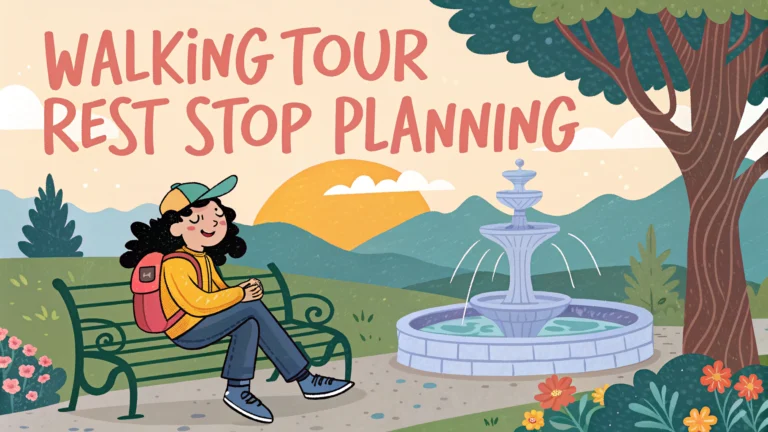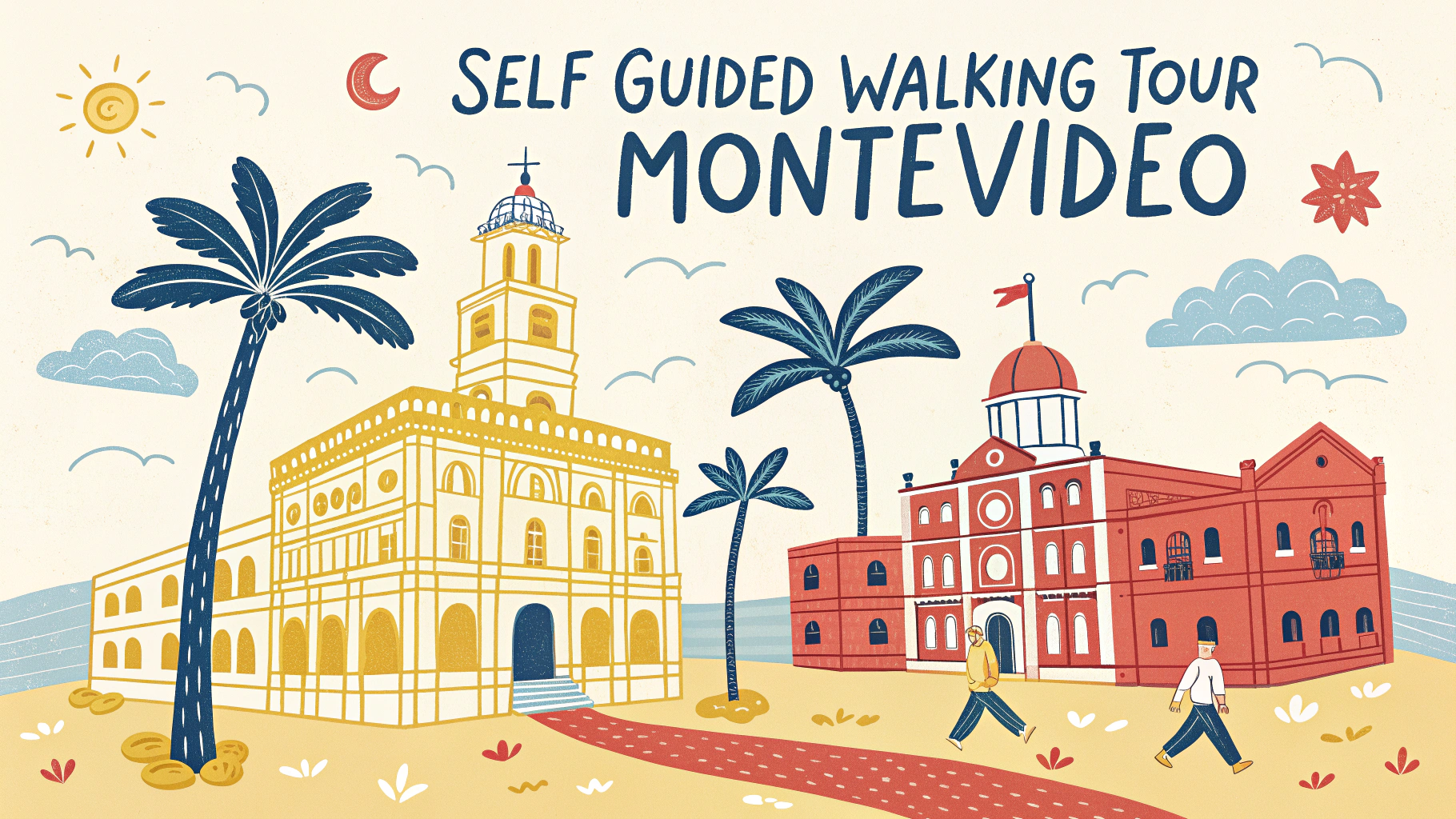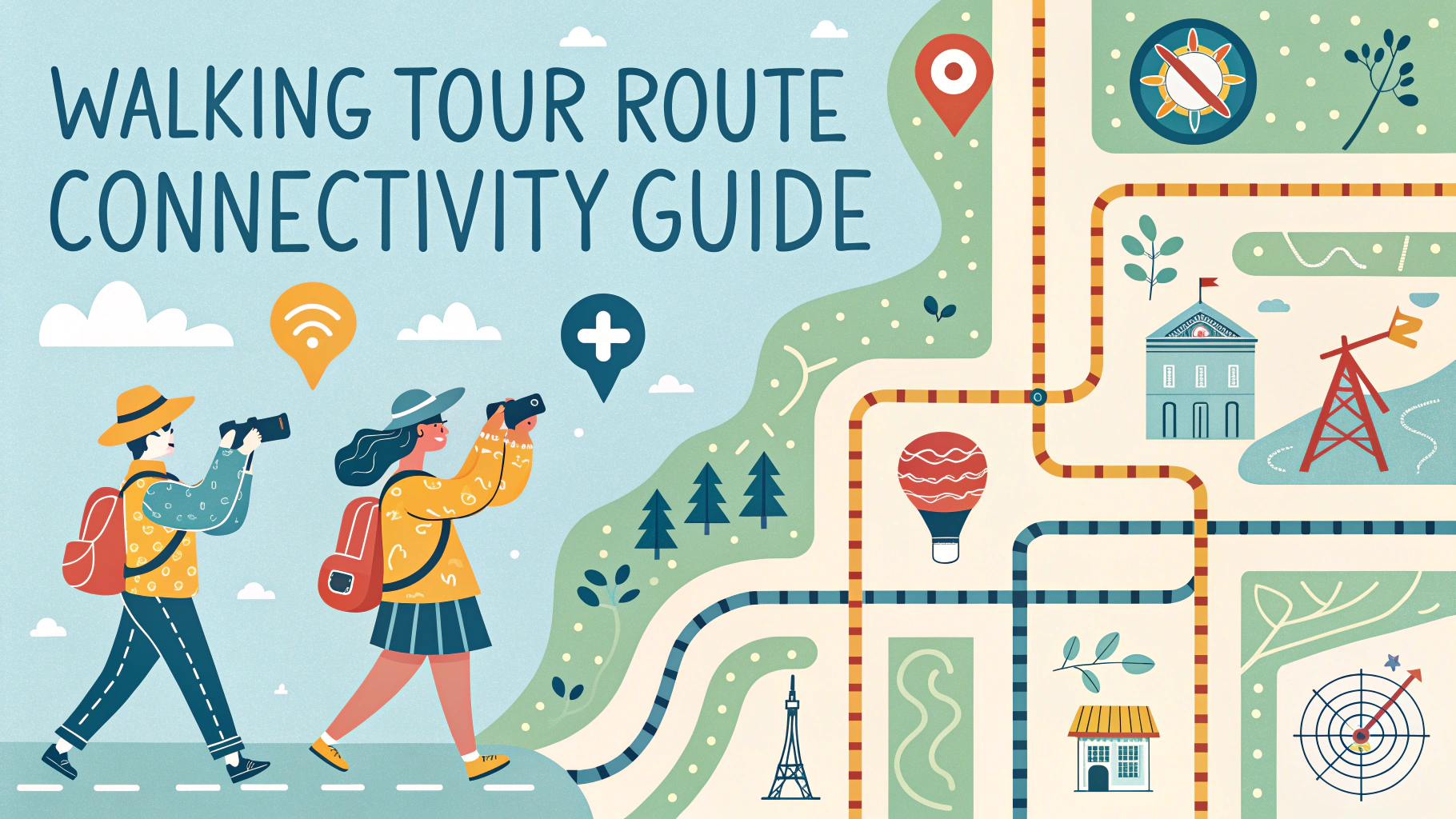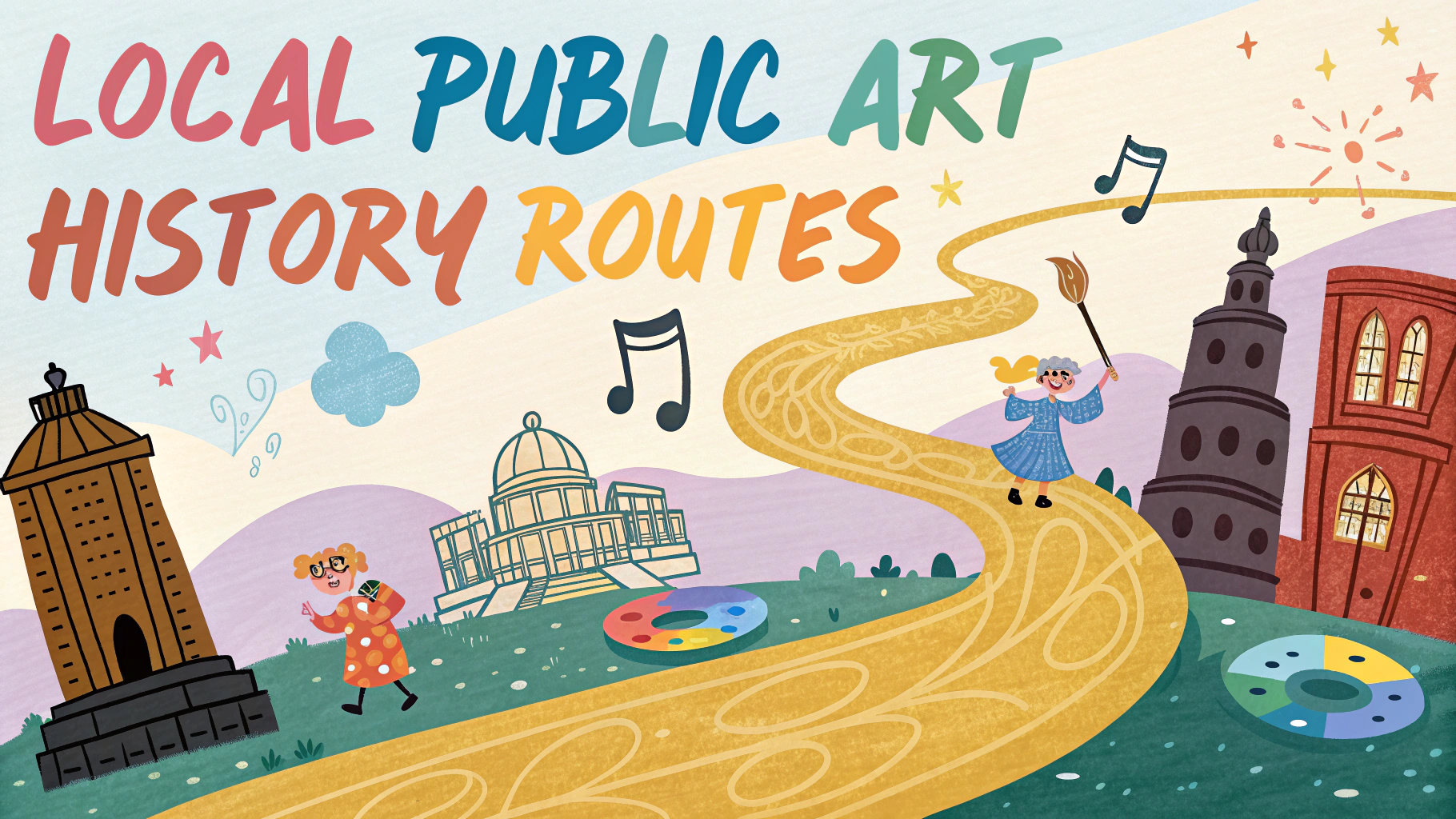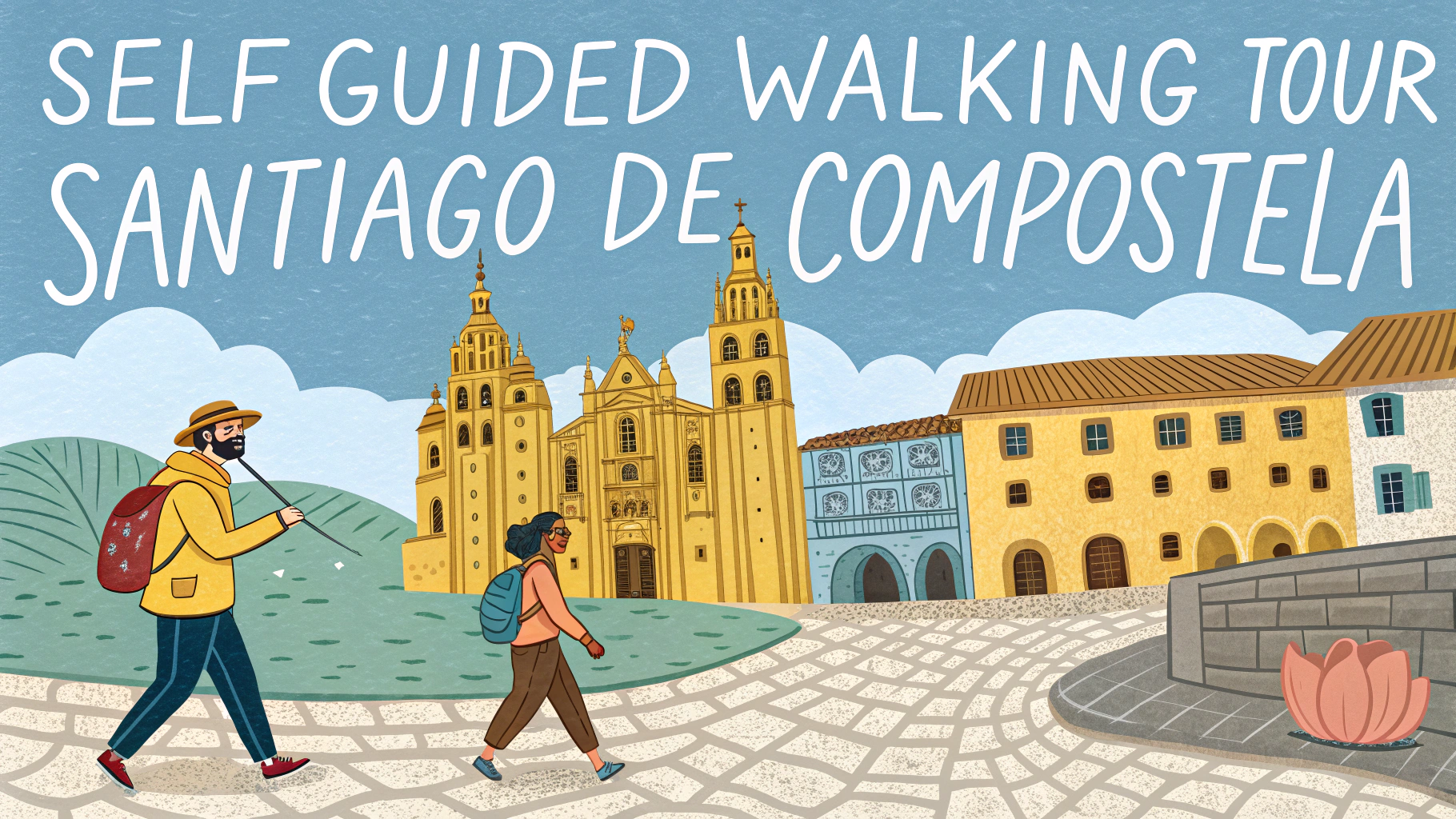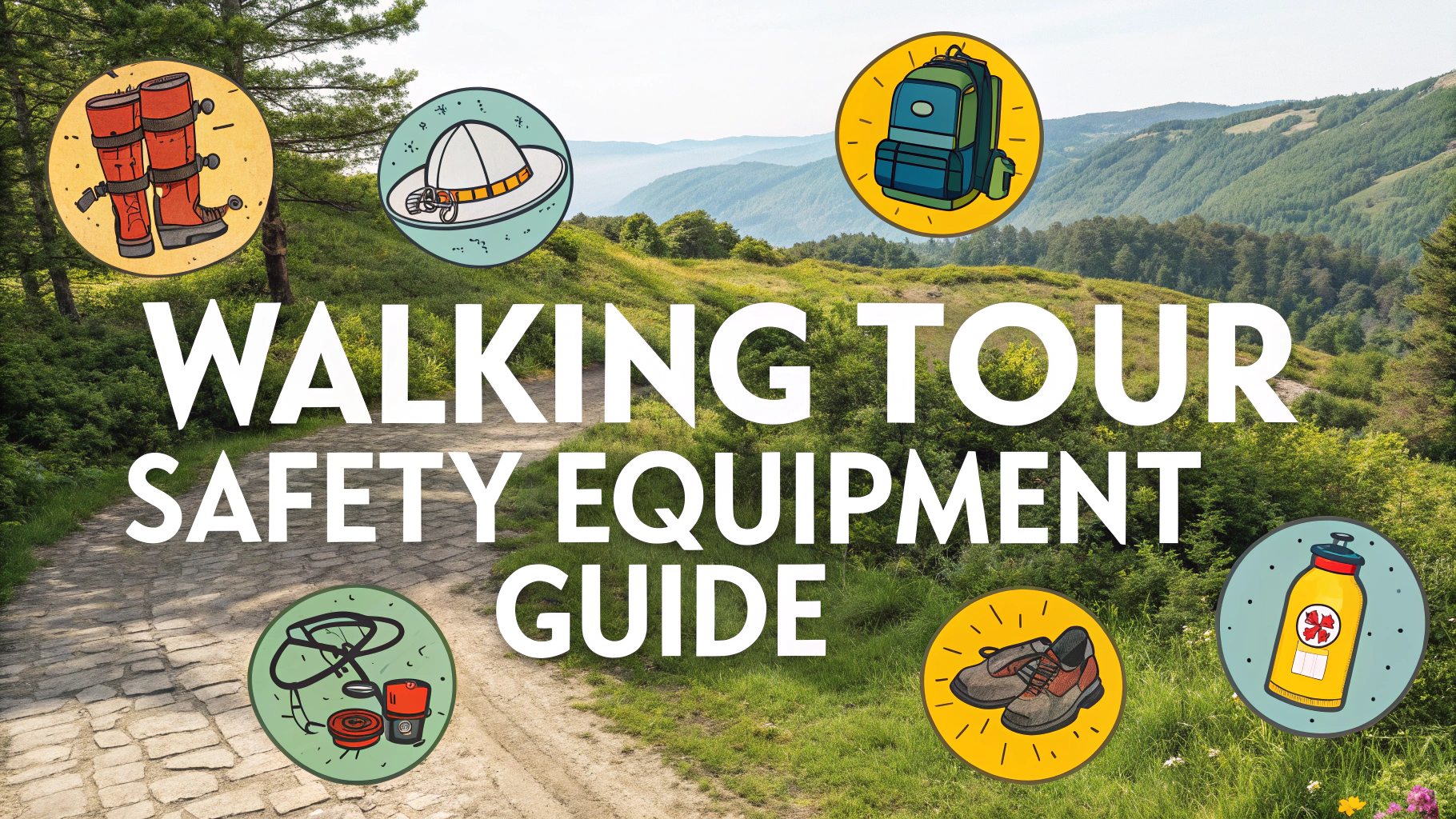Planning rest stops strategically can transform a challenging walking tour into an enjoyable experience.
The optimal frequency for rest stops is every 30-45 minutes of walking, depending on the terrain and group fitness level.
Choosing Rest Stop Locations
- Scenic views – Select spots with photo opportunities
- Shade coverage – Look for trees or covered areas
- Seating options – Benches, walls, or natural features
- Weather protection – Areas sheltered from wind/rain
- Bathroom access – Near public facilities when possible
Essential Rest Stop Features
| Feature | Why It Matters |
|---|---|
| Flat ground | Prevents muscle strain while resting |
| Clean surface | Allows comfortable seating |
| Space for groups | Keeps everyone together |
Duration Guidelines
- Short breaks: 5-10 minutes
- Lunch stops: 20-30 minutes
- Photo opportunities: 2-5 minutes
Water fountains or shops near rest stops allow walkers to refill water bottles and purchase snacks.
Rest Stop Activities
- Stretch major muscle groups
- Check maps and orientation
- Share historical information about the location
- Take group photos
- Adjust clothing or equipment
Recording rest stop locations on your route map helps with future tour planning and timing estimates.
Safety Considerations
- Choose well-lit areas in urban settings
- Avoid stopping on narrow sidewalks
- Keep away from high-traffic zones
- Check for cell phone reception
Download offline maps of your route to mark potential rest stops before starting the tour.
Recommended Rest Stop Apps
- Google Maps (offline mode)
- Maps.me
- AllTrails
Monitor weather forecasts to adjust rest stop locations based on conditions.
Consider seasonal changes when planning stops – summer might require more shaded areas, while winter needs shelter from wind.
Always carry a basic first aid kit and emergency contact information during your walking tour.
Additional Planning Considerations
Group Dynamics
- Consider varied fitness levels
- Account for elderly participants
- Plan for families with children
- Accommodate special needs
Equipment for Rest Stops
- Portable seating mats
- Compact umbrellas
- Small hand sanitizer
- Foldable rain shelter
- Lightweight snacks
Communication Protocol
| Situation | Action |
|---|---|
| Extra rest needed | Signal tour leader |
| Emergency stop | Use whistle or hand signal |
| Group separation | Contact designated coordinator |
Conclusion
Effective rest stop planning enhances the walking tour experience for all participants. Key success factors include:
- Strategic location selection
- Regular timing intervals
- Appropriate duration management
- Safety-first approach
- Weather considerations
Document successful rest stops and gather feedback from participants to continuously improve future tour planning. Remember that flexibility in adjusting stop locations and durations based on group needs is essential for a successful walking tour experience.
FAQs
- How often should I plan rest stops during a self-guided walking tour?
Plan a rest stop every 30-45 minutes of walking, or approximately every 1-1.5 miles, depending on terrain difficulty and your fitness level. - What amenities should I look for when selecting rest stops?
Look for locations with seating, restroom facilities, shelter from weather, access to water, and potentially food options. Public parks, cafes, or historical sites often make ideal rest stops. - How long should each rest stop last?
Rest stops typically should last 10-15 minutes, allowing enough time to hydrate, use facilities, and rest muscles without cooling down completely. - Should I include rest stops in my total tour time calculation?
Yes, factor in 10-15 minutes for each planned rest stop when calculating your total tour duration to ensure accurate timing. - What’s the best way to identify potential rest stops before starting the tour?
Research using maps, tourism websites, and apps like Google Maps to locate public facilities, parks, and businesses along your route that can serve as rest points. - How do I plan rest stops in areas with limited public facilities?
Pack a lightweight folding stool, identify natural resting spots like benches or walls, and carry sufficient water when facilities are scarce. - What should I do during rest stops to prevent muscle stiffness?
Perform light stretches, particularly for calves and hamstrings, while staying hydrated and ensuring proper posture when seated. - Is it better to take fewer longer breaks or more frequent shorter breaks?
More frequent shorter breaks (10-15 minutes) are generally better than fewer long breaks, as they help maintain muscle warmth and walking rhythm. - How should I adjust rest stop frequency in different weather conditions?
Increase rest stop frequency in hot or humid weather to prevent overheating, and ensure stops are in sheltered locations during inclement weather. - What essential items should I have accessible during rest stops?
Keep water, snacks, basic first aid supplies, and weather protection (sun hat, rain gear) easily accessible during rest stops.
